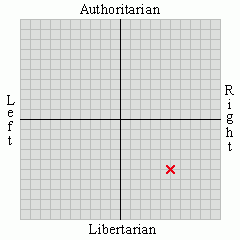Here is the question he asked :-
Work out 3 3/4 minus 1 2/5(that's three and three quarters minus one and one fifth)
Mrs Rigby once learned all about fractions and things called denominators and factors.
She learned that when you try to add or subtract two fractions of different values you need to change them so the number at the bottom of each fraction (the denominator) is the same. It's easy to work out if you know your multiplication tables, and makes it heaps quicker.
You need to choose the lowest possible number that both denominators will go into, it'll be somewhere in both the 4x and 5x tables - because the first fraction has a 4 as denominator, the second has 5.
4x
4, 8, 12, 16, 20, 24, 28, 32, 36, 40 etc
5x
5, 10, 15, 20, 25, 30, 35, 40, 45 etc
The lowest common denominator (LCD) of these two fractions is 20.
To make the 3/4 part of 3 3/4 into 20ths you multiply both the top and the bottom of the fraction by 5 (5x4=20) and (5x3=15) and so get 3 15/20 (three and fifteen twentieths)
To make the 2/5 part of 1 2/5 into twentieths it has to be multiplied by 4 (4x5=20) and (4x2=8) , giving 1 8/20 (one and eight twentieths)
It's now very easy to subtract the smaller number from the larger, by dealing with the numbers on the top of the fractions. (15-8)
3 15/20 - 1 8/20 = 2 7/20 (two and seven twentieths)
Okay, so it looks long winded, but it took much less time to work it out than to write it down, and Mrs Rigby didn't use a calculator.
When Mrs Rigby first learned to do this Maths calculators hadn't been invented, there were complicated things called Log Tables, but they didn't get used until half way through secondary school, ready for O-level work.
Mrs Rigby is still a little bemused to know that children of 16 are being asked to do calculations like this as part of their GCSE Maths exams, and can even have the benefit of using a calculator to help make things quicker and easier, because she learned to do things with fractions at primary school - which she left when she was 10 years old because her birthday falls in the summer!
Mrs Rigby is even more bemused by the newspapers that reported this and whose reporters turned the numbers into decimals ... and they did that by using calculators!
Mrs Rigby would like to know how modern children would have coped with pre-decimal currency, where they would have had to deal with multiple number bases and complicated addition, subtraction and multiplication just to know how much something cost.
It doesn't seem as if metrication did a lot of good.
As for the point of the question Mr Balls asked - probably not much use really unless it can be related to real life.





No comments:
Post a Comment